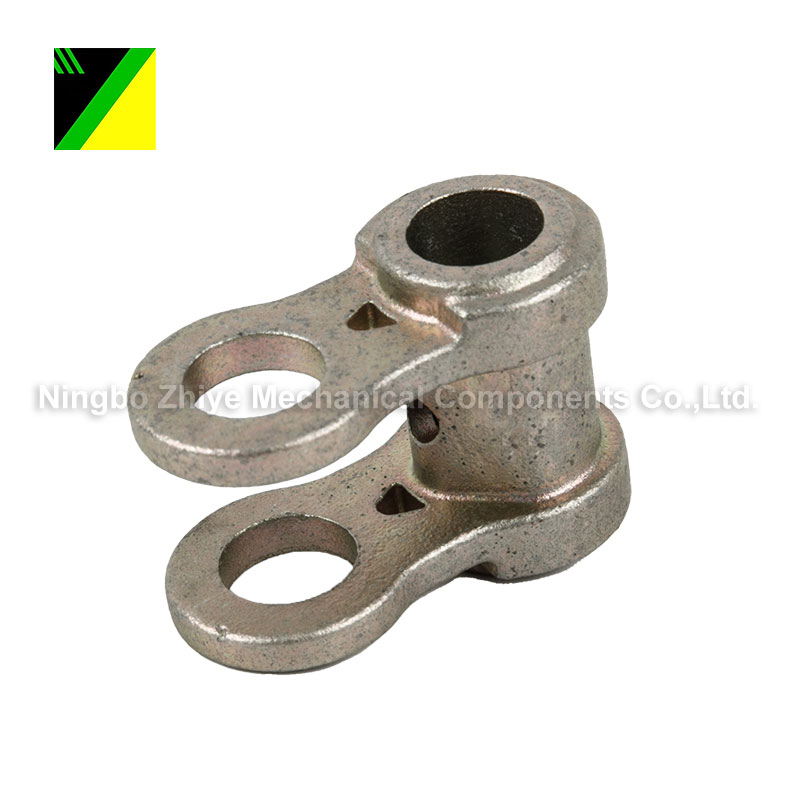
- English
- Español
- Português
- русский
- Français
- 日本語
- Deutsch
- tiếng Việt
- Italiano
- Nederlands
- ภาษาไทย
- Polski
- 한국어
- Svenska
- magyar
- Malay
- বাংলা ভাষার
- Dansk
- Suomi
- हिन्दी
- Pilipino
- Türkçe
- Gaeilge
- العربية
- Indonesia
- Norsk
- تمل
- český
- ελληνικά
- український
- Javanese
- فارسی
- தமிழ்
- తెలుగు
- नेपाली
- Burmese
- български
- ລາວ
- Latine
- Қазақша
- Euskal
- Azərbaycan
- Slovenský jazyk
- Македонски
- Lietuvos
- Eesti Keel
- Română
- Slovenski
- मराठी
- Srpski језик
How to deal with the deformation problem of precision castings
2023-12-07
During the production process of precision castings, due to some hardware facilities, management, pouring cooling and correction problems, casting deformation will occur. How to choose a silica sol precision casting manufacturer? So how should we deal with casting deformation?
The deformation of castings is divided into: slight self-deformation, flaring deformation of castings and warping deformation.
Trace self-deformation: Among alloy materials, gray cast iron is most susceptible to trace self-deformation. After gray cast iron is shaken out and cleaned, the residual stress that exists is mainly residual thermal stress. In addition to causing defects such as cold cracking and deformation of castings, residual stress is also the main cause of trace self-deformation. Even if the residual stress does not exceed the yield strength of the material, under its action, gray cast iron will slowly undergo micro-plastic deformation over time. This deformation is called micro-self-deformation.
Flaring deformation: The reason is that the shell at the opening size hinders the shrinkage of the casting, causing plastic deformation of the free structural part of the casting opening, resulting in flaring deformation defects.
Warping deformation: After the sand cleaning, the casting has warping deformation at both ends or one end or even the peripheral edge, causing the middle part of the casting to be concave, causing the casting to be uneven. This form of deformation is called warping deformation. The reason for its formation is: when the casting is cooled, the thickness or thickness of the casting is uneven, and there is a temperature difference, which causes different cooling rates in various parts of the casting, resulting in uneven plastic deformation, resulting in warpage deformation.
For the deformation problem of precision castings, the following measures are recommended:
1. The cooling system of the mold should be operated for a period of time to keep it close to the wax cooling box before starting to inject wax; keep the temperature of the wax injection workshop constant and similar to the temperature of the subsequent shell making workshop. If the molding workshop does not control the temperature well, the shell may directly expand. .
2. After the wax parts come out, they should be self-inspected first, mainly to check whether there are deformations or other defects during the mold removal process; the wax parts should be neatly placed in a uniform way, and try to avoid overlapping and hanging in the air; it is recommended to use the best quality for finished product shipments Fixture inspection to improve detection speed and accuracy, and calibrate the fixture according to a certain period.
3. When designing the product wax model, consider limiting the deformation of the product through measures such as tensioning.
4. After the shell mold is baked, when the module temperature is still very high, overlap should be avoided and placed regularly so that the deformation direction is consistent for easy shaping, correction and clamping.
5. The shells need to be placed sequentially on the sand table and cast. After casting, let it sit for a period of time until it cools down and takes shape before moving.

Precision castings have a great impact on the performance of mechanical products. Poor quality precision castings will seriously affect the service life of mechanical products. Therefore, once problems such as deformation of precision castings are found, timely corrections must be made to prevent precision castings from affecting mechanical products. performance.



